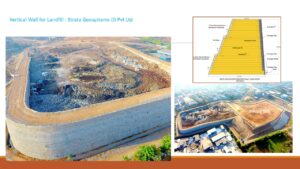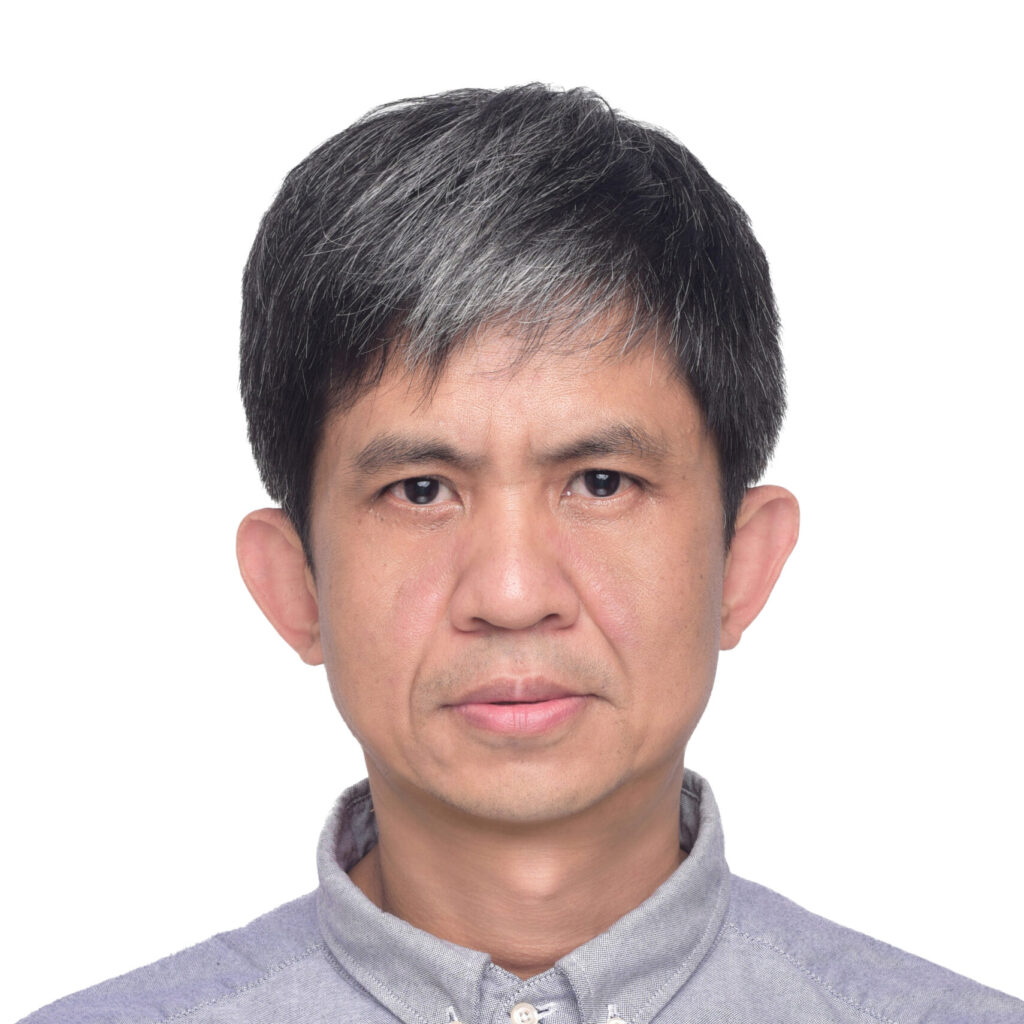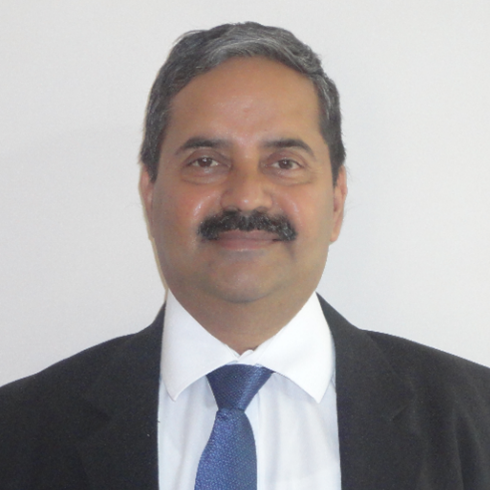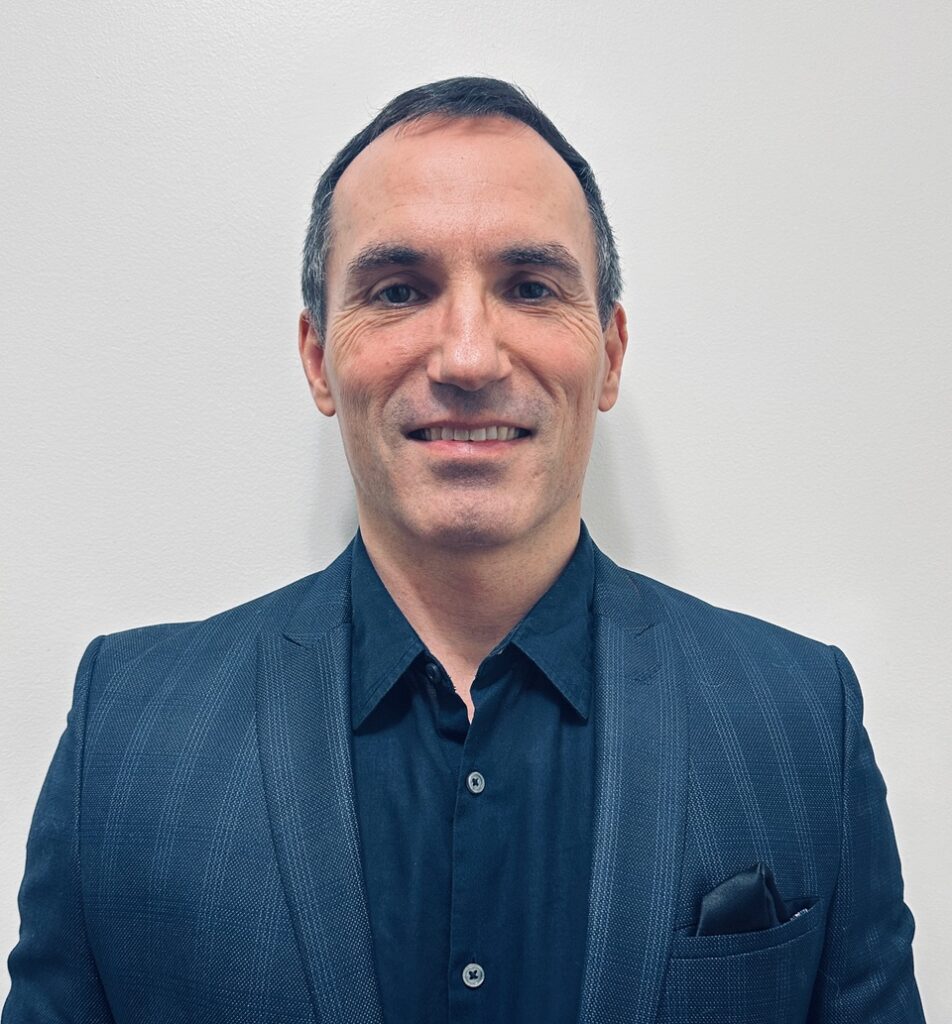IGS India has been operating for nearly 40 years in an enviable growth market for geosynthetics.
Here, IGS India President Dr. G.L. Sivakumar Babu and Vice President Dola Roychowdhury offer a fascinating insight into the country’s geosynthetics industry.

Please introduce yourself and share your current involvement with the IGS.
Babu: I am a Professor in Geotechnical Engineering at the Indian Institute of Science, Bangalore, one of the premier research institutes in India, and am currently serving as the President of the Indian Chapter of the IGS.
I have known about the IGS since 1996 since my PhD days and also as a scientist at the Central Road Research Institute in New Delhi. I worked as visiting scientist in Nuremberg, Germany, in an institute called LGA and they were working extensively in geosynthetics. Helmut Zanzinger and Dr. Erwin Gartung of the LGA inspired me to join the IGS.
Dola: I started working with geosynthetics when I joined NETLON India in 1995 and since then have continued to work in the application side. While I serve as the current Vice President of IGS India, outside of it I work as a consultant in geosynthetics and ground engineering.
Please tell us a bit about IGS India, its membership and development.
Babu: In 1985, the Central Board of Irrigation and Power (CBIP) as part of its technology forecasting activities, identified geosynthetics as an important area relevant to India’s need for infrastructure development, including roads. IGS India was formed in October 1988, and currently has 113 individual members and 17 Corporate members.
Dola: While the numbers look small at present, the members more than make up for it through their wide array of work and enthusiasm in IGS activities. We are fairly well represented through Indian manufacturers in the complete array of geosynthetics, apart from representation from the installation service providers, consulting engineers, research bodies and academia.
Additionally, we have representations also from the jute and coir industry as India is a major producer of natural fibres.
IGS India has been very active in the past with well-rounded work through publications, guidelines, and representation in national policy-making bodies. Although its activities suffered a substantial set-back during the pandemic, it has since bounced back with a lot of focussed activities like workshops, and Faculty Development Programs (FDP).
We’ve also made efforts in developing guidelines and scope of practices through national bodies like the BIS (Bureau of Indian Standards) and IRC (Indian Road Congress), developing NABL (National Accreditation Board for Testing and Calibration Laboratories) certified material testing laboratories.


IGS India recently held a IGS Technical Committee on Stabilization conference in Hyderabad. How did it go?
Dola: This was our second major workshop this year after the RS Wall
Distress and Remedies one, and concentrated on road and railway applications. It was attended by more than 100 diversified stakeholders.
We received wonderful knowledge-sharing support from the IGS leadership, President Sam Allen and Dr Jorge Zornberg, as well as Indian professionals, academicians and researchers. It was rounded off with a panel discussion on the role IGS India can play in smoothing any hurdles.
We were also really pleased to be able to reach out to a wider base of geosynthetic users so we could better navigate our focus towards the needs of the infrastructure industry in the Indian sub-continent.


What does the future hold for IGS India, and why?
Babu: India has a good GDP contributing well for infrastructure growth, so we have excellent opportunities for the geosynthetics industry. In turn, IGS India is an ideal platform for enabling the growth of the use of geosynthetics in various infrastructure projects because we have access to latest developments in practice, research and resources. By being members of IGS India, our members have access to these benefits and also good business opportunities too.
Dola: The geosynthetics market is steadily growing at a compound annual growth rate (CAGR) > 6.4 as per industry reports – duly supported by stable infrastructure policies in linear infrastructure. And IGS India is at an all-time exciting period to bring value to its stakeholders, hand-in-hand with the indigenous manufacturing of nearly the complete array of geosynthetic products currently.
IGS India is also making a substantial effort to bring on board the multiple number of smaller producers of geosynthetic materials in the country to ensure wider acceptability.
Why is now a great time to join IGS India?
Dola: Joining IGS India automatically grants you access to the large, professional knowledge-base of the IGS parent body through its portal. There is also access to the immense knowledge-base of Chapter members – who also have a strong voice in policy-making and can help influence the geosynthetics adoption in the country’s infrastructure policies.
Babu: We also have regular events and are working towards having an IGS Educate the Educators (EtE) programme. We are also planning to have programs for Young Members such as photo contests and paper presentations.
Tell us more about the geosynthetics market in India… the level of adoption and understanding, and growth areas.
Babu: It’s very good! Many government organizations are aware of the potential of geosynthetics in infrastructure projects and we also have guidelines on their use. The subject is also taught as elective at undergraduate courses and the adoption of geosynthetics is picking up well. The opportunities are in infrastructure projects.
Dola: India is focusing on expanding its linear infrastructure at a phenomenal rate and this is where geosynthetics are playing a very crucial role in bringing value to the projects through design and application in reinforced soil structures, ground improvement, railway track-bed stabilisations, and erosion control applications.
We are working in parallel on ports and coastal infrastructure and river-linking projects, where geosynthetics are again playing a major role.

Where are the challenges?
Babu: More stress is required from owners and government bodies to realise the advantages. IGS India is making active steps to be a leader and we are in constant dialogue with government offices.
Dola: A major area of challenge is also in developing good construction practices and establishing a network of quality installers who understand the nuances of the products, to ensure that the structures are able to perform well through their design life and beyond without any failures/ distress.
To address this, currently the major manufacturers are chipping in by providing trained installation supervisors to the projects sites, wherever critical. At IGS India we are looking at developing more Standardised Installation Guidelines and Inspector’s Manuals with multiple checklists so the user has authenticated reference points to ensure quality installations.
Are any regions using geosynthetics more than another?
Babu: The western part of India such as Maharashtra and Gujarat, there is a good concentration of companies, factories, suppliers and so on. It is followed by North, South and East.
Dola: While the substantial amount of production base is located in the West of India due to easy access to raw materials as well as a well-developed port infrastructure catering to the export market, the production bases in Central India, North and East are catching up fast.
This is being fuelled by government policies towards developing the hill infrastructure in the country as well as the ‘Look East Policy’ in a bid to improve access in the North-Eastern parts of the country where the terrains are more difficult compared to the planes of the central India or the South. And to cater to this market with better logistics support, more geosynthetic manufacturing bases are coming up in Central and North India.
Can you tell us about any notable projects in India that have used geosynthetics?
Babu: Very high reinforced earth walls in Sikkim and in Kerala in challenging geological conditions.
Dola: We seem to have a penchant for tall structures. While the 102.8 m high shored wall at Tindharia for landslide remediation or the 80.4 m high reinforced soil wall supporting the runway at Pakyong Airport in Sikkim are well known internationally, we have innumerable structures in multiple application areas in height ranges of 30m to 50m in hilly terrain.
We have large and critical installations in hazardous waste landfills, PVD installations to the depth of 24m to 30m, major canal lining projects, critical water front installations using geotextile tubes, trap bags, and fabric forms to name just a few.
IGS India is in the process of compiling a compendium of case histories under a subgroup to document the vast array of projects completed over the last 30 years. The content will be segregated by application area and should serve as a ready reckoner for new users.
A two-page format has been developed for the same to ensure uniformity of presentation and to restrict the document size without losing any important detail that would be vetted by the sub-group. We are looking towards our first compilation to be ready for circulation by early 2025.


Anything else you would like to add?
Dola: The projected growth rate in India is steady and infrastructure demands are also getting more focussed. Land and natural resource costs are becoming dearer so awareness on sustainable growth is steadily increasing and this is where geosynthetics will need to play a much larger role than they currently do.
We envisage IGS members will play a pivotal role in this growth story – especially the Young Members. We have a very strong base of research scholars and a large pool of trained geotechnical engineers who would be ideally placed to drive the future narrative.
With our focus on EtE programs and supporting FDPs, IGS India is ideally poised to bridge the gap between industry and academia so that more industry-focussed research can take place.
For more information about IGS India, visit its website here.





















